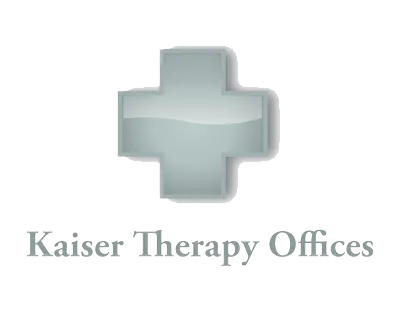Dangerous Headaches
This month’s topic will address dangerous headaches. To keep this in perspective, most headaches are NOT dangerous. In fact, tension-type headaches and migraines are very common and remain the focus of most health care providers and patients who suffer from headaches. With that said, it’s important to discuss the signs and symptoms that might help all of us differentiate between headaches that are safe versus those which are not safe.
The most important factor to consider is when the “typical” headache is suddenly “different.” Some of these “different” symptoms may include slurred speech, difficulty communicating or formulating thought, seizures, fainting or loss of consciousness (even for a few seconds), memory lapses, double or blurred vision, profound dizziness, numbness in the face or half of the body, an “alarm” should sound off telling you to get this checked ASAP as these symptoms, when they deviate from “the norm” may be indicative of a more serious condition. This can be challenging as seizures are often related to migraines and might be a common symptom of a migraine headache for some migraine sufferers.
Signs of a dangerous headache include:
- A headache that starts suddenly, especially if it’s of a severe degree.
- Headaches that start later in life, especially after the age of 50.
- A change in the quality of headaches.
- Visual changes, including double vision or loss of vision.
- Weakness, numbness, or any other neurological symptoms.
- Fevers – especially of rapid onset.
- Change in mental status including sleepiness, hallucinations, speech changes or confusion.
- Weight loss.
If there is ever ANY doubt about a dangerous headache, your physician should be contacted. Typically, the migraine patient will notice a fairly consistent set of symptoms and even though the headaches can vary in intensity, the sequence of events is fairly consistent. Dangerous headaches are the ones that deviate significantly from that migraine sufferer’s “norm.” For example, suppose a patient’s “typical” migraine is: aura (bright, flashy lights in the visual field or, a strange odor precedes the migraine about 30 min. before the headache strikes), followed by a gradually increasing pain in half of the head which worsens to a point of nausea and sometimes vomiting if something isn’t done to stop it (such as a chiropractic adjustment and/or some form of medication). If this is that patient’s “usual,” IF any of the 8 items previously listed above accompany the headache, it should be further evaluated – often requiring an EEG (electroencephalogram) and/or MRI (Magnetic Resonant Image). The EEG will test for any electrical signal changes in the brain and the MRI will show space occupying structures such as tumors, bleeding, infection, aneurism, and if performed with a contrast agents, arterial malformations (that is, abnormal networks of blood vessels).
We realize you have a choice in where you choose your healthcare services. If you, a friend or family member requires care for headaches, we sincerely appreciate the trust and confidence shown by choosing our services and look forward in serving you and your family presently and, in the future.
